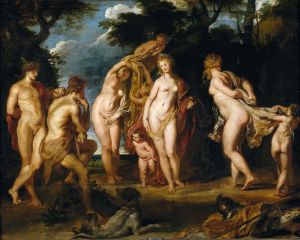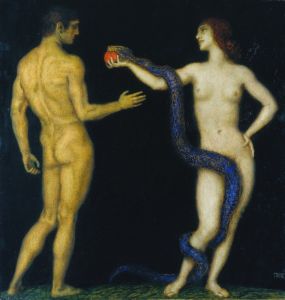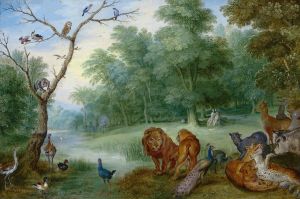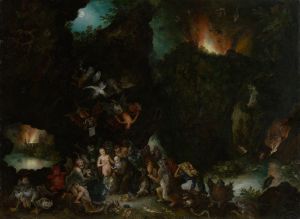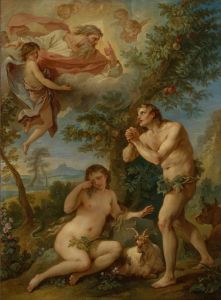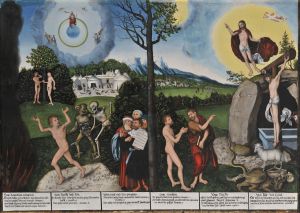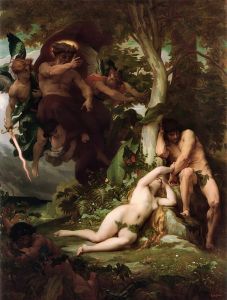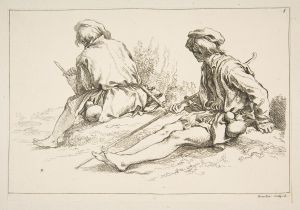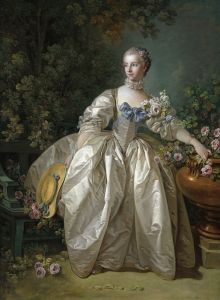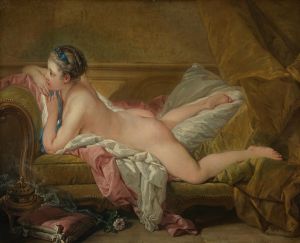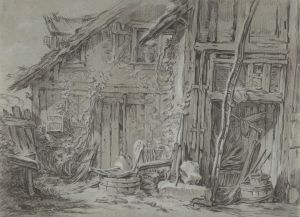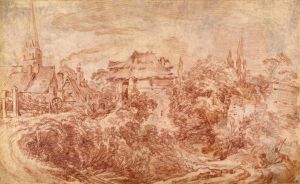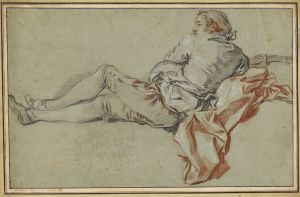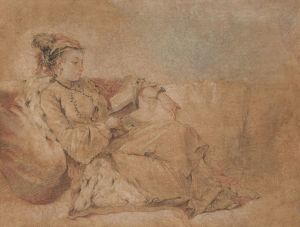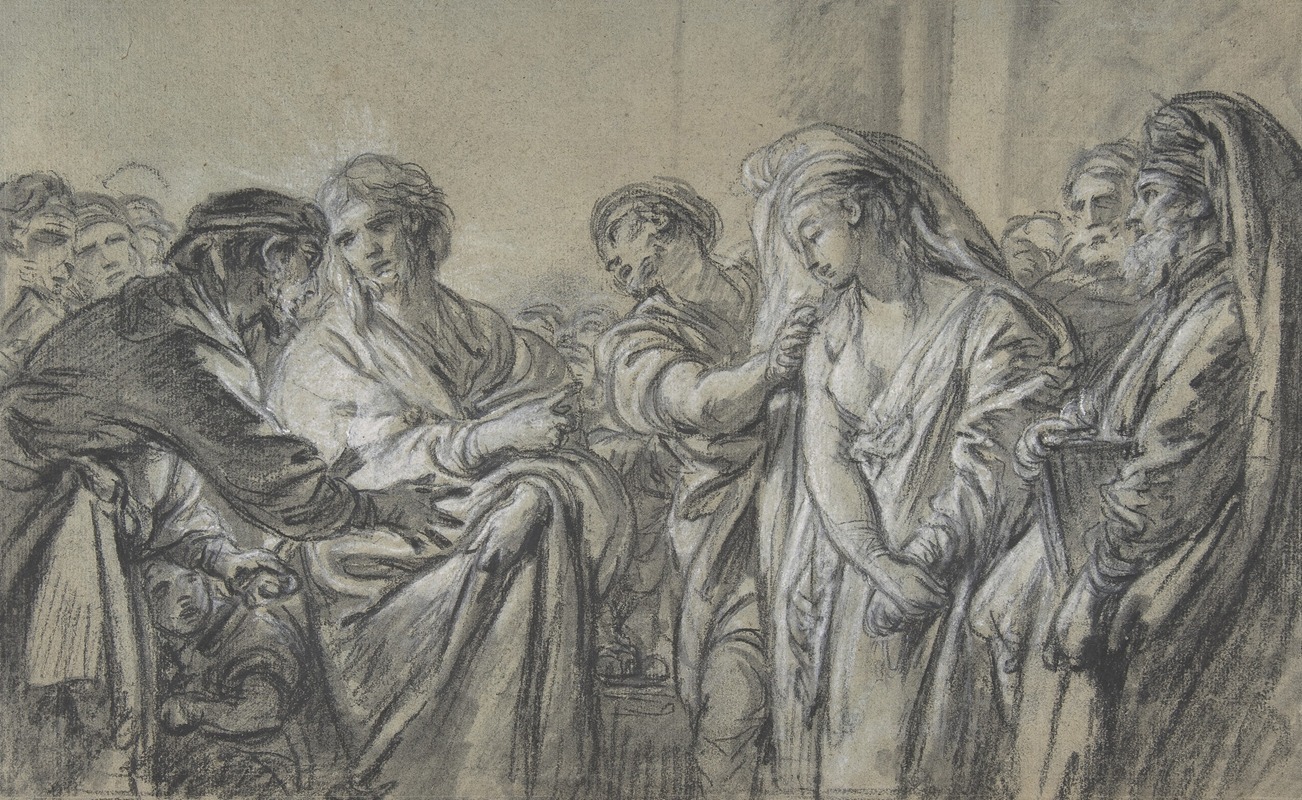
Christ and the Woman Taken in Adultery
A hand-painted replica of François Boucher’s masterpiece Christ and the Woman Taken in Adultery, meticulously crafted by professional artists to capture the true essence of the original. Each piece is created with museum-quality canvas and rare mineral pigments, carefully painted by experienced artists with delicate brushstrokes and rich, layered colors to perfectly recreate the texture of the original artwork. Unlike machine-printed reproductions, this hand-painted version brings the painting to life, infused with the artist’s emotions and skill in every stroke. Whether for personal collection or home decoration, it instantly elevates the artistic atmosphere of any space.
"Christ and the Woman Taken in Adultery" is a painting by the French Rococo artist François Boucher. Created in 1763, this artwork is an interpretation of the biblical story from the Gospel of John, Chapter 8, verses 1-11. The narrative depicts the moment when Jesus is confronted by the Pharisees and scribes who bring before him a woman accused of adultery. According to the biblical account, they challenge Jesus, asking whether the woman should be stoned as prescribed by Mosaic Law. Jesus responds by saying, "He that is without sin among you, let him first cast a stone at her," leading the accusers to depart one by one, leaving Jesus alone with the woman. He then tells her to "go, and sin no more."
François Boucher was a prominent figure in the Rococo movement, known for his idyllic and voluptuous paintings that often depicted classical themes, pastoral scenes, and mythological subjects. Born in Paris in 1703, Boucher became one of the most celebrated painters of his time, enjoying the patronage of influential figures such as Madame de Pompadour, the mistress of King Louis XV.
In "Christ and the Woman Taken in Adultery," Boucher employs his characteristic style, marked by soft, flowing lines, delicate color palettes, and an overall sense of grace and elegance. The composition of the painting is carefully balanced, with Christ positioned centrally, exuding calm authority and compassion. The woman, depicted with a sense of vulnerability and penitence, contrasts with the stern and judgmental expressions of the surrounding figures.
The painting reflects Boucher's ability to convey complex emotions and narratives through his mastery of form and color. The use of light and shadow enhances the dramatic tension of the scene, drawing the viewer's attention to the central figures of Christ and the woman. Boucher's attention to detail is evident in the intricate rendering of the characters' garments and the architectural elements in the background, which provide a sense of depth and context to the scene.
"Christ and the Woman Taken in Adultery" is housed in the Louvre Museum in Paris, where it remains an important example of Boucher's religious works. While Boucher is often associated with more secular and decorative subjects, this painting demonstrates his versatility and ability to tackle profound moral and spiritual themes.
The artwork is a testament to Boucher's skill as a storyteller and his ability to infuse classical and religious subjects with the elegance and charm characteristic of the Rococo period. Through this painting, Boucher not only captures a pivotal moment from the New Testament but also invites viewers to reflect on themes of mercy, forgiveness, and human fallibility.





